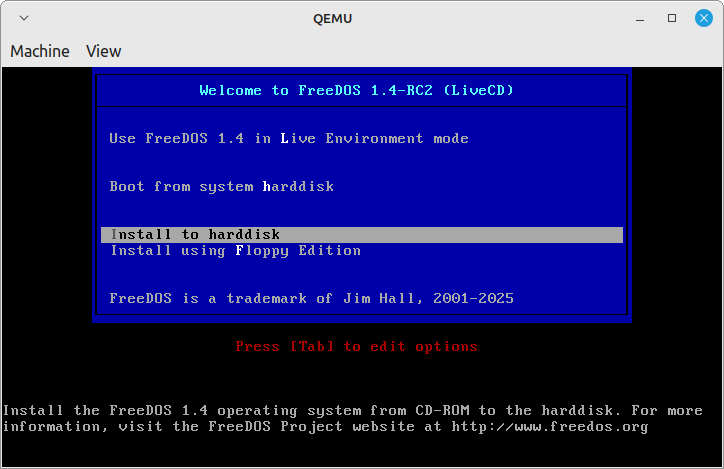source ~/.bashrc
unalias alias_name
unalias -a [remove all alias]
Optional: Use .bash_aliases for Better Organization
vim ~/.bashrc
What you need to do is type the word alias then use the name you wish to use to execute a command followed by "=" sign and quote the command you wish to alias.

source ~/.bash_aliases
Useful Aliases for Daily Linux Tasks
alias wr=”cd /var/www/html”
To keep aliases between sessions, you can save them in your user’s shell configuration profile file. This can be:
Creating Temporary Aliases in Linux
alias gs=”git status”
alias c=”clear”
The syntax you should use is practically the same as creating a temporary alias. The only difference comes from the fact that you will be saving it in a file this time. So for example, in bash, you can open a .bashrc file with your favorite editor like this:
If you open a new terminal session, the alias will no longer be available. If you wish to save your aliases across sessions you will need a permanent alias.
Creating aliases is a relatively easy and quick process. You can create two types of aliases – temporary and permanent. We will review both types.
Now you can think about the commands you use the most and create shortcuts for them in your shell.
Creating Permanent Aliases in Linux
alias shortName=”your custom command here”
vim ~/.bash_aliases
alias
The syntax is as follows:
Linux users often need to use one command over and over again. Typing or copying the same command over and over again reduces your productivity and distracts you from what you are supposed to be doing.
As you can see, executing the ll command is equivalent to running ls -alF command.
#My custom aliases
alias home=”ssh -i ~/.ssh/mykep.pem [email protected]”
alias ll=”ls -alF”
You can save yourself some time by creating aliases for your most commonly used commands. Aliases are like custom shortcuts that represent a command (or set of commands) that can be executed with or without custom options. Chances are you are already using aliases on your Linux system without even knowing it.
You can see a list of defined aliases on your profile by simply executing the alias command.
ll
ls -alF

alias gp=”git pull”
alias update=”sudo apt update && sudo apt upgrade -y”
alias serve=”python3 -m http.server”
alias ..=”cd ..”
alias …=”cd ../..”
Conclusion
This was a short example of how to create your own alias and execute frequently used commands without having to type each command again and again.





